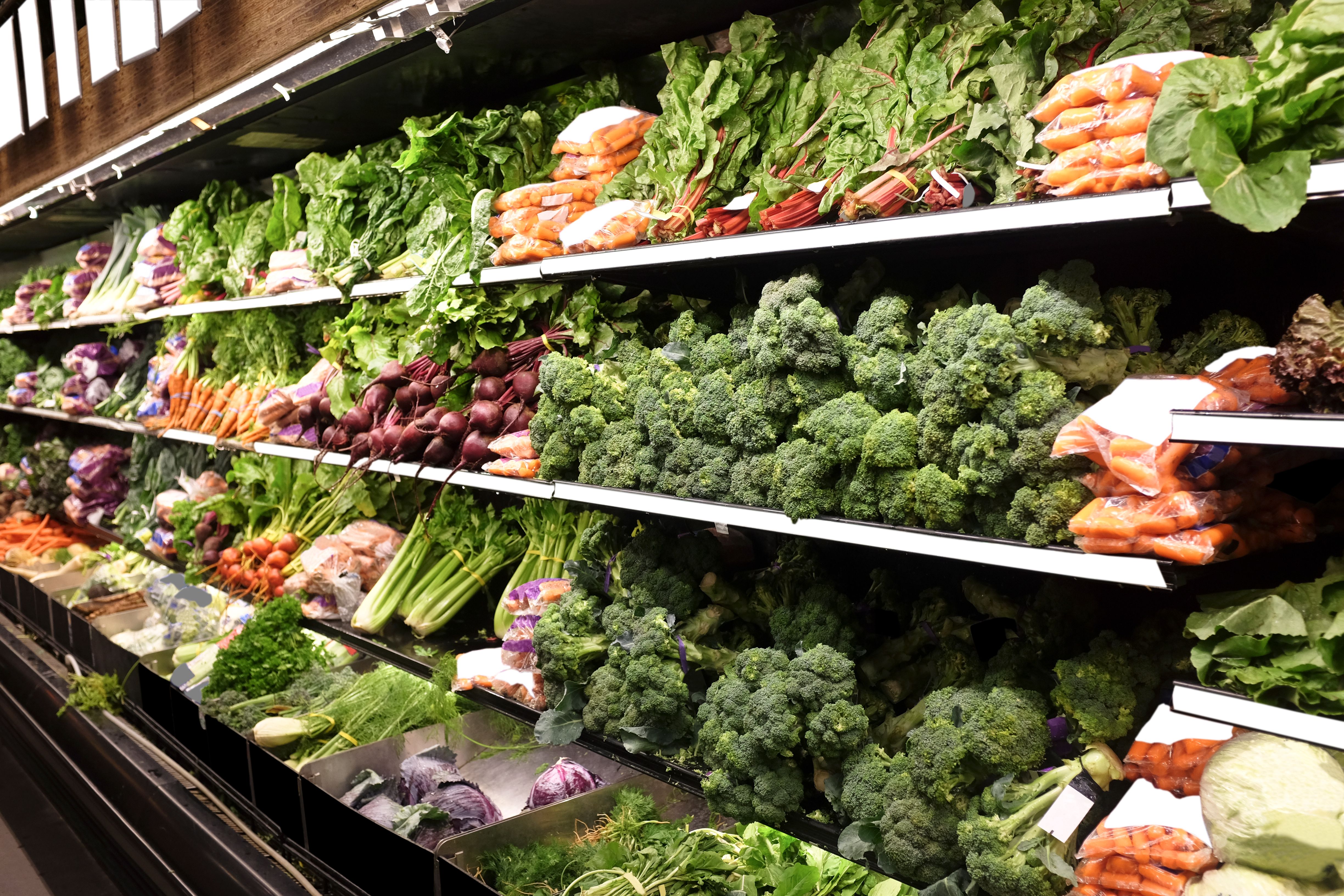The Rise of Organic Food: Key Economic Drivers
The Rise of Organic Food: Key Economic Drivers
In recent years, the organic food industry has experienced significant growth, reshaping consumer habits and influencing the global food market. This surge in popularity is not just a trend but a reflection of deeper economic drivers that are propelling the sector forward. Understanding these factors can provide valuable insights into why organic food has become a staple in many households.

Consumer Health Awareness
One of the primary economic drivers behind the rise of organic food is the increasing awareness of health and nutrition among consumers. As people become more educated about the potential health risks associated with pesticides and genetically modified organisms (GMOs), there is a growing demand for products that are perceived as healthier and safer. This shift in consumer preference is pushing retailers to stock more organic options, further fueling the market's growth.
Moreover, the emphasis on wellness and health-conscious living has led to a broader adoption of diets that prioritize organic ingredients. From clean eating to plant-based diets, these lifestyle choices underscore the importance of organic foods in achieving optimal health outcomes.
Environmental Concerns
Another significant factor contributing to the rise of organic food is the increasing concern over environmental sustainability. Organic farming practices, which exclude the use of synthetic fertilizers and pesticides, are seen as more environmentally friendly. They promote biodiversity, improve soil health, and reduce pollution, aligning with the values of eco-conscious consumers.

The growing awareness of climate change and its impacts has also prompted consumers to seek out products that have a lower environmental footprint. As a result, organic foods have gained popularity for their perceived ability to support sustainable agricultural practices.
Government Policies and Support
Government initiatives and policies have played a crucial role in promoting the growth of the organic food industry. Many governments have implemented subsidies, grants, and certification programs to support organic farmers and encourage sustainable agriculture. These measures have made it more economically viable for farmers to transition to organic methods.
- Subsidies for organic certification
- Grants for research in organic farming
- Tax incentives for eco-friendly practices

Market Expansion and Globalization
The globalization of trade has opened up new markets for organic products, allowing producers to reach a broader audience. As demand for organic food grows internationally, companies are expanding their supply chains to meet these needs. This expansion has led to increased competition, driving innovation and lowering prices, making organic foods more accessible to a wider range of consumers.
In addition, e-commerce platforms have facilitated the distribution of organic products, enabling consumers worldwide to access a diverse range of options at their convenience.
Economic Opportunities for Farmers
For many farmers, transitioning to organic farming presents a lucrative opportunity. Organic products typically command higher prices in the market due to their perceived quality and production methods. This price premium can lead to increased profitability for farmers who adopt organic practices.
Furthermore, as demand continues to grow, farmers who supply organic products can benefit from stable and potentially long-term contracts with retailers and distributors seeking reliable sources of organic goods.
The rise of organic food is driven by a combination of health consciousness, environmental awareness, supportive government policies, globalization, and economic opportunities for stakeholders across the supply chain. Understanding these drivers can help businesses and consumers alike make informed decisions in an ever-evolving food landscape.
